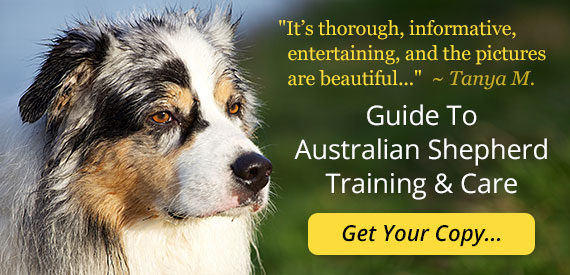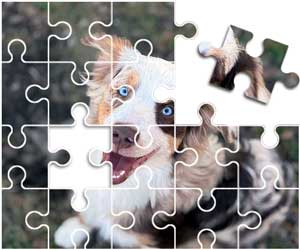
A Look At Different Types Of Dog Skin Problems
There are many kinds of dog skin problems. The symptoms of different conditions are similar, which makes the underlying cause difficult to diagnose. Some degree of itching, hair loss and redness are present in almost all cases.
There are three basic categories; allergic, infectious and disease related. Some conditions are more common in certain breeds than in others.
It's a good idea to rule out the more serious conditions, which would fall under the category of disease related. Skin cancer is the most serious, because it does not usually respond to treatment. Ulcers and nodules are symptoms. A diagnosis is made by taking a biopsy of one of the nodules.
Skin cancer is very rare in most breeds. There is a higher incidence of skin cancer among certain kinds of terriers, Bull Mastiffs, Basset Hounds, Boxers, and Norwegian Elkhounds.
Hypothyroidism is another of the more serious conditions. In addition to hair loss, the symptom to look for is hyper-pigmentation, a darkening of the skin, almost to the point of becoming black.

Michiyo Janousek
Other symptoms of hypothyroidism unrelated to the skin's appearance include lethargy, weight gain and intolerance to cold. The condition is easy to test for and easy to treat. If left untreated, it can shorten your dog's lifespan.
It is most common in Irish Setters, Doberman Pinschers, Golden Retrievers, Cocker Spaniels and Airedale terriers. German and Australian Shepherds were thought to be less likely to develop the condition, but some cases have appeared in those breeds in recent years. Symptoms usually appear between the ages of 4 and 10.
Dog Skin Problems Related To Allergies
Dog skin allergy can be found in all breeds. It is sometimes difficult to pin down the allergen causing the problem. The location of the reaction may be a clue.
Itchy, red ears and feet accompanied by licking and scratching is most often a reaction to something inhaled or something consumed. Dog food allergies are the usual suspect. A recent change in diet would confirm the suspicion.
Intense itching all over the body accompanied by hair loss and non-stop scratching is usually an allergic reaction to flea saliva called flea allergy dermatitis. Look for fleas or dark, crusty substances, which are flea excretions.
Redness, small bumps or blisters on an isolated portion of the body may be contact dermatitis, an allergic reaction to wool, plastic or other items in the environment. Usually, it is something new, like a new bed, sofa, toy or blanket.
Canine Skin Problems Caused By Infection
The canine skin problems caused by infection include mange and roundworms. There are three different types of mange, classified according to the type of mite present. A skin scraping is necessary to make the diagnosis.
Hot spots can accompany any of the dog skin problems mentioned above, as well as others. These are red, moist areas of hair loss. The dogs will constantly lick and scratch the spots.
A hot spot can be caused by something as simple as a burr in the fur. Active long-haired herding breeds that spend a lot of time outdoors can come in contact with numerous irritating plants. Owners of Aussies, Collies and similar breeds can brush the fur regularly to help avoid the problem.
Dogs can get lice, chiggers, hookworms, and ear mites. They can have staph or other kinds of bacterial infections. Fungal and yeast infections are not uncommon.
Stress, anxiety, or boredom can cause self-licking or biting, which can lead to acral lick granuloma; hair loss, ulcers and secondary infections. Weakened immune systems can make any canine skin problems more serious.
Treatment of Dog Skin Problems
Regular grooming, a healthy diet, physical activity, and regular veterinary care are the keys to keeping our dogs healthy and happy. Some dog skin problems clear up without treatment, but getting a professional opinion is always a good idea because there are so many potential causes and you have to get the right diagnosis to get the right treatment.
Have Dog Training Questions?
Check out these introductory dog training videos...
I want my dog to stop being aggressive.
I want some help training my new puppy.
I want my dog to stop barking at everything.
Get Australian Shepherd Info, Website Updates, Special Offers, and Cartoons...
FREE GIFT
You'll also receive a free copy of the ebook
My Everyday Dog Training Tools
by professional dog trainer Daniel Abdelnoor, "Doggy Dan"









